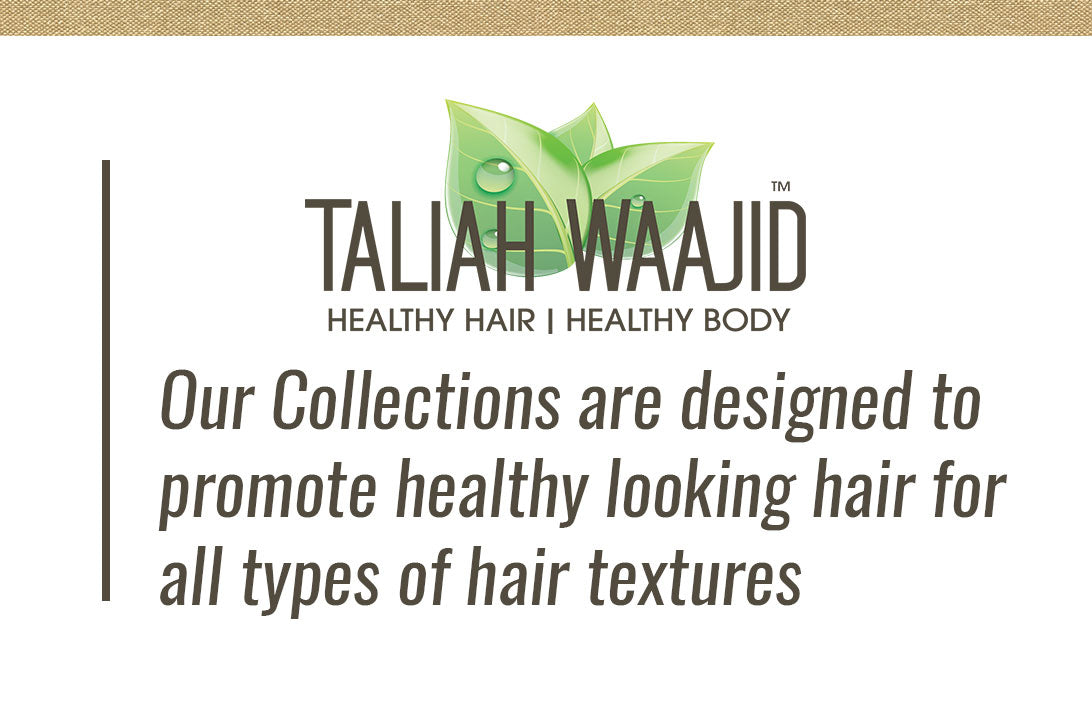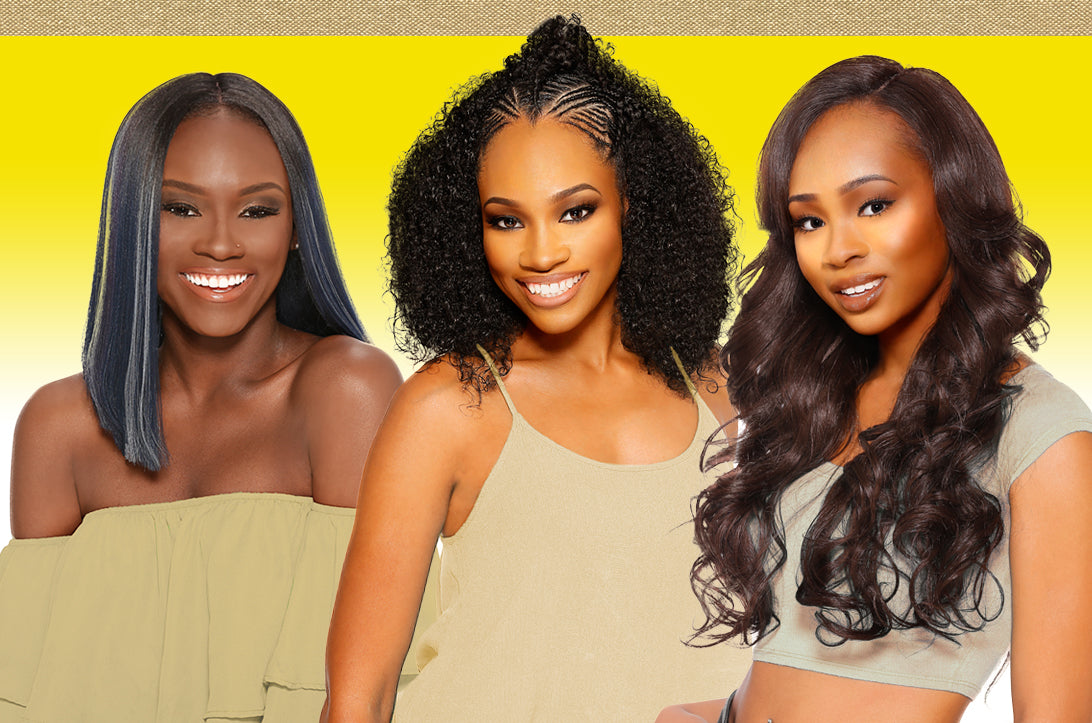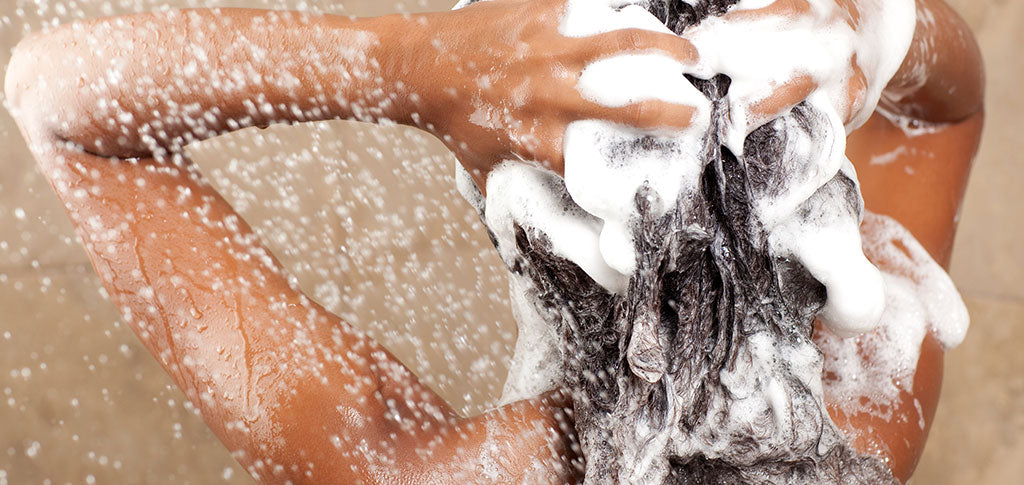You’ve probably seen a lot of buzzy marketing words flying around the beauty world. “Sulfate free” is among those that you may not fully understand. Sulfates are a chemical compound that forms when sulfuric acid reacts with another chemical. These chemicals can be an effective way to clean when used as directed, but they often leave the hair and skin feeling dry.
For this reason, many curly girls are opting for sulfate-free shampoos to protect their hair. Here is some information on these products as well as the process of going sulfate-free.
What Is Sulfate-Free Shampoo?
Sulfate-free shampoo is a — you guessed it — shampoo made without sulfates. But what exactly are sulfates?
Sulfates are chemical cleaning agents. These cleaning agents help to create a bubbly, foaming texture, which is why they’re found in shampoos, shower gels, and shaving gels. People often look for bubbles visually to feel as though their hair is getting clean — even if that soapy lather isn’t strictly necessary.
The most common types of sulfates in shampoos are sodium lauryl sulfate (SLS) and sodium lauryl sulfate (SLES).
Sulfates have drawbacks, which we’ll discuss in the coming article, which is why you should be looking to switch to a sulfate-free shampoo.
Some clarifying shampoos have sodium Lauryl Sulfate (SLS) in them. A clarifying shampoo used before a moisturizing shampoo to thoroughly cleanse away extra dirt, oil or product build up on hair. Shampoos formulated with sulfates do a better job cleansing hair that has more dirt, oil, or product build-up but they can cause dry hair and scalp. If you use a clarifying shampoo, be sure to follow up with a moisturizing shampoo and a deep conditioner.
Why Go Sulfate-Free
You may have started to see shampoo advertising them as “sulfate-free” but still be unsure of why brands would want to eliminate these cleaning agents.
The first thing to know is that sulfates found in shampoos are not dangerous. However, they can cause harm to your hair and scalp in the following ways.
-
Sulfates can over-cleanse the hair stripping it of essential oils
Too much of a good thing can prompt an imbalance in your scalp and hair. You want to cleanse your scalp without over-shampooing your hair. If you do this, you can experience dryness, fizziness, loss of shine, hair loss, and overproduction of oil. The final symptom may confuse you, but excessive oil production occurs when your scalp tries to balance out the loss of nourishment it’s experiencing.
-
Sulfates can increase scalp irritation
Sulfates strip your hair of essential oils and moisture, and this can leave your scalp in a tough position. When you use sulfates, you can experience a dry and irritated scalp. If you're already experiencing scalp sensitivity, you should consider switching to a sulfate-free shampoo. You are at additional risk for scalp irritation when you use sulfates.
-
Sulfates can strip the protein from your hair
Hair fibers are made up of about 90 percent of protein. This means that any protein loss can drastically affect hair health. Research has shown that when hair is exposed to sodium dodecyl — a certain type of sulfate — then it’s twice as likely to cause protein loss.
Benefits of Sulfate-Free Shampoo
- Gentleness: If you have a sensitive scalp, then you should investigate sulfate-free shampoo. It’s a gentle cleanser that won’t harm your scalp or the skin around your hairline.
- Conditioning: Are you on the prowl for products that will leave your hair soft and smooth? Good news! Sulfate-free shampoo is conditioning.
- Curly-hair friendly: Sulfate-free shampoo is perfect for curly hair because it requires more conditioning than other hair types. Curly girls may notice that sulfate-free shampoos help with curl definition, frizz reduction, and smoothness.
How to Use Sulfate-Free Shampoo
Many people become frustrated when they switch to sulfate-free shampoos because it doesn’t work the same way as other products. As noted above, sulfate-free shampoos are much less foamy. You won’t see the bubbles you may expect.
Here are the steps you should take when using a sulfate-free shampoo.
- Thoroughly soak your hair and scalp with water — your hair should be completely saturated with water before you start washing it
- Add a small amount (2 to 5 pumps) of shampoo to your scalp and roots
- Apply the shampoo from your scalp to the lengths of your hair
- Use your hands to work the product into your hair to help it clean — spend about 1 minute doing this
- Allow the product to sit for 1 to 2 minutes
- Add more water to create extra lather
- Rinse completely and thoroughly
Note: When you use sulfate-free shampoo for the first time, you won’t see as much lather. This is because you have more build-up in your hair, and the product is working hard to cleanse your hair. When your hair is cleaner and has less build-up, you’ll begin to see more foam.
Understanding Sulfate-Free Shampoo for Different Types of Hair
Curly Hair: Sulfate-free shampoos make sense for curly hair because sulfates strip curls of moisture. If you want healthy locks, you must maintain moisture in your hair. Transitioning to a sulfate-free curl shampoo will allow you to gently cleanse without stripping all the necessary minerals and oils from your hair.
Dry or Dehydrated Hair: If you have dry or dehydrated hair already, using a sulfate-based shampoo will only add insult to injury. Instead, you should find a sulfate-free moisturizing shampoo like the Green Apple and Aloe Nutrition Shampoo (see below).
Oily Hair: If you have an oily scalp, you may be tempted to shampoo it daily to get rid of the oil. Unfortunately, this can create more issues because your scalp will attempt to overcompensate for the loss and produce additional oil it doesn’t need.
Sensitive Scalps: Scalp issues can be difficult to deal with. Most people who have excessive irritation and dryness will only see it exacerbated by a sulfate-based shampoo. This is why it can be so important to find the right sulfate-free products. However, if you’re using gentle, calming, sulfate-free products, and you continue to see scalp issues persist, don’t hesitate to reach out to a dermatologist. They can help you determine whether there’s an underlying cause.
How to Know if a Shampoo is Sulfate-Free
Many brands advertise whether their products are sulfate-free because they know it's something that their clients are looking for. However, you can also become familiar with the sulfates that shampoo commonly contains. For example, the most common sulfates used in hair products are sodium lauryl sulfate and sodium laureth sulfate. If you read the ingredient list and neither of these ingredients is listed, then the shampoo is likely sulfate-free.
Is Sulfate-Free Shampoo Good for Consistent Use?
Yes, sulfate-free shampoos can be used regularly. In fact, unlike sulfate-based shampoos, you are at much less risk of drying your hair out, so they can be a great option for people who like to cleanse more.
Some individuals will experience greasy hair after using a sulfate-free shampoo, and they won’t know why. If you’re having this experience, it can be due to your hair type or the product’s makeup.
Should You Use Sulfate-Free Shampoo on Colored Hair?
Hair color treatment makes your hair more vulnerable. You’ll require more moisture to ensure your hair stays healthy. We recommend using a sulfate-free shampoo because it can help to counteract issues with drying that may occur if you have sulfates in your products.
Which Taliah Waajid Products Are Sulfate-Free?
Here is a complete list of products that avoid sulfates that could dry out your curls.
- Green Apple and Aloe Nutrition Shampoo
- Green Apple and Aloe Nutrition After Shampoo Conditioner
- Green Apple & Aloe Nutrition Curl Elixir
- Green Apple & Aloe Nutrition Hold Me Down! Gelle
- Regimen for Braids Hair Care
- Thick and Full Bamboo Coconut Milk Moisturizing Mint Shampoo
- Regimen for Cornrows Hair Care
- Regimen Care for Under Weave Care
- Regimen Care for Under Wig Care
- Regimen Care for Updo and Transitioning Care
- Regimen Care for Lace Front Wig Care
Final Thoughts
Sulfate-free shampoo is a clean product that allows your hair to thrive and avoid dry, brittle conditions. Just remember that there is an adjustment period to using this product. Users report that their hair felt oily, greasy, waxy, frizzy, and/or dry during the first few weeks of use. If you continue to use it, then your hair can regulate and balance itself. Don’t give up!
Interested in more? See what how else you can help your hair and scalp thrive during your regular natural hair care regime by reading How to Create a Scalp Care Regime.
WRITE FOR US
Think you've got a fresh perspective that will challenge our readers to engage and educate themselves on how to attain a healthier self, hair and skin included? We're always looking for authors who can deliver quality articles and blog posts. Thousands of men and women will read your work, and you will level up in the process.
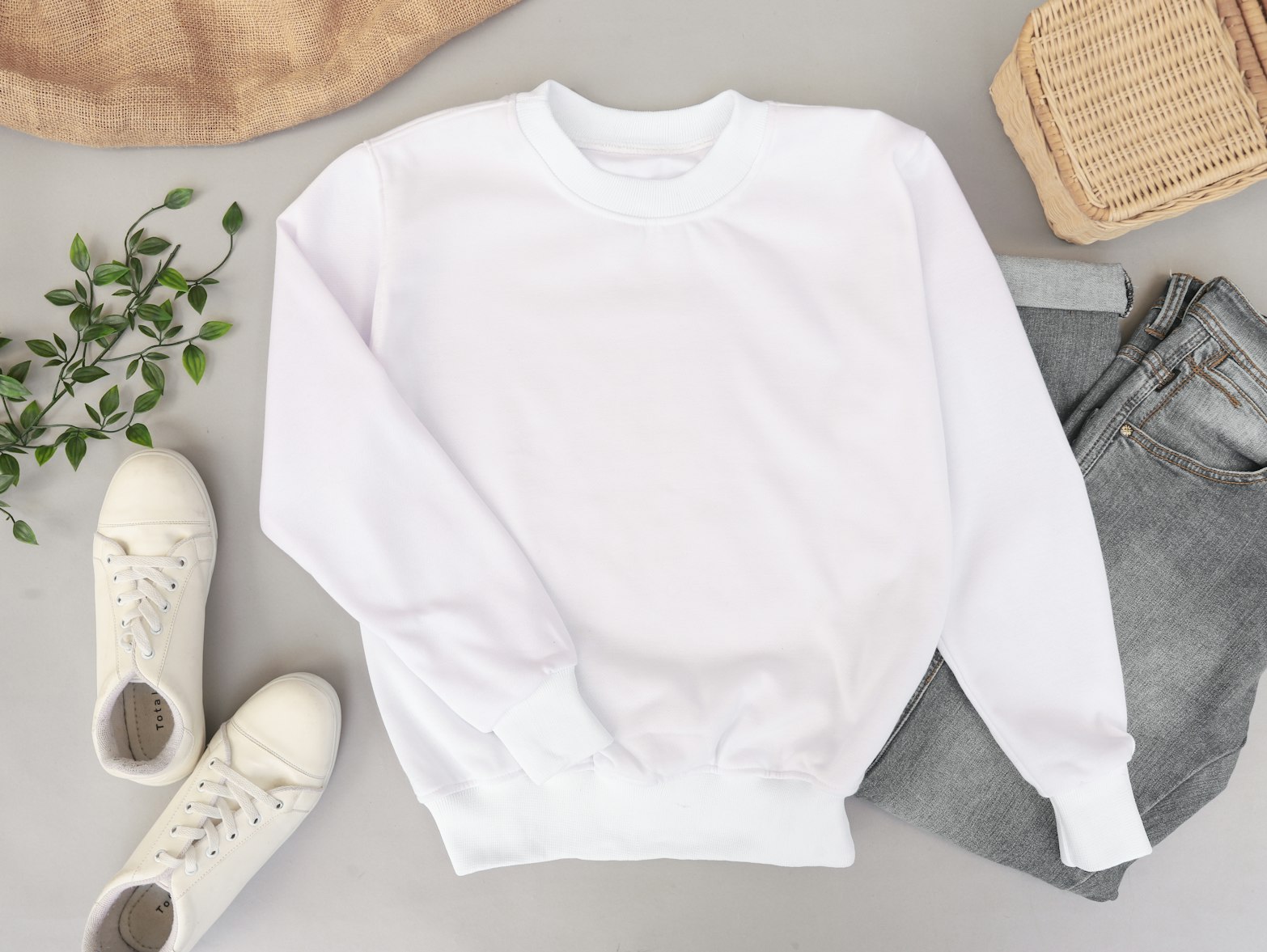
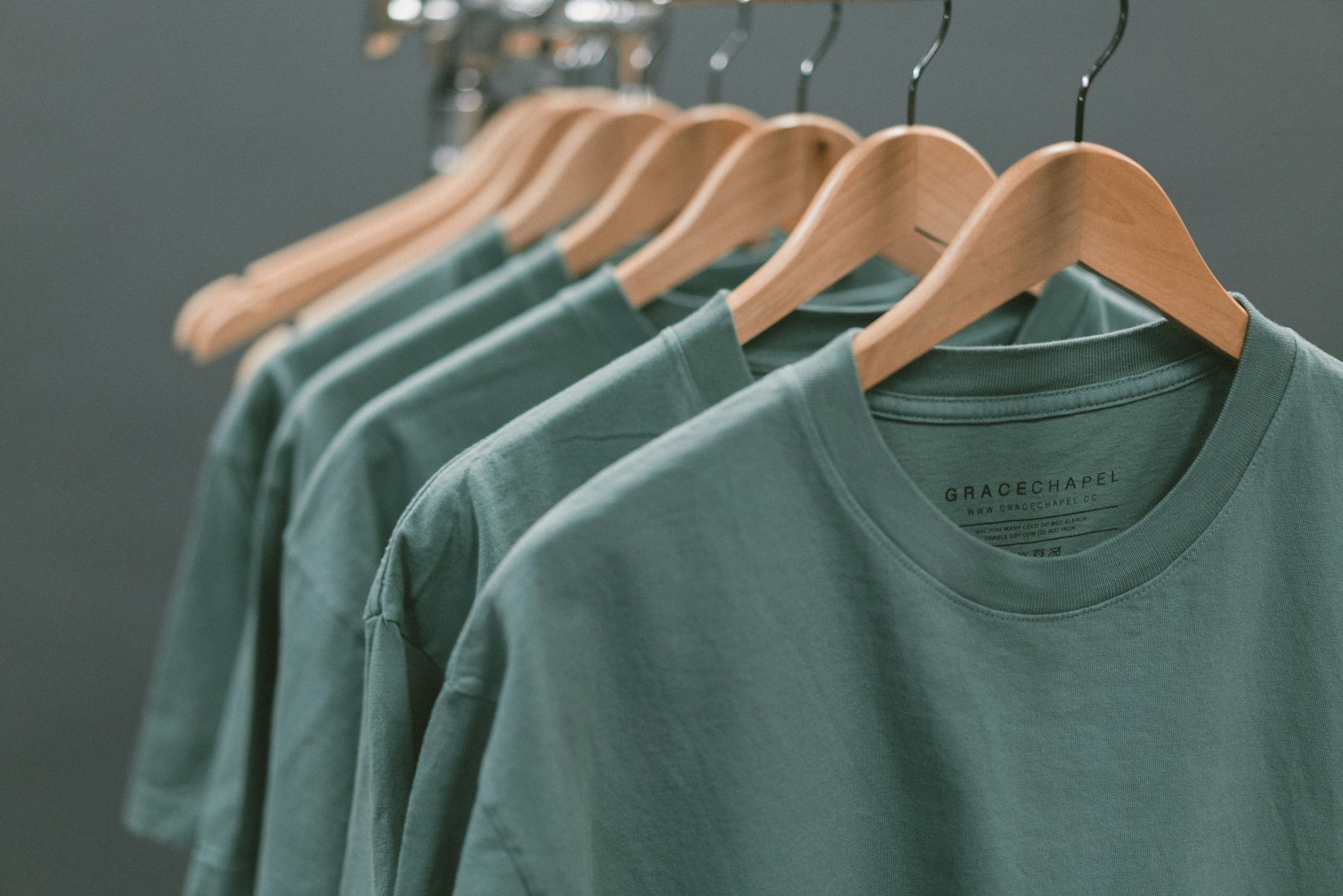
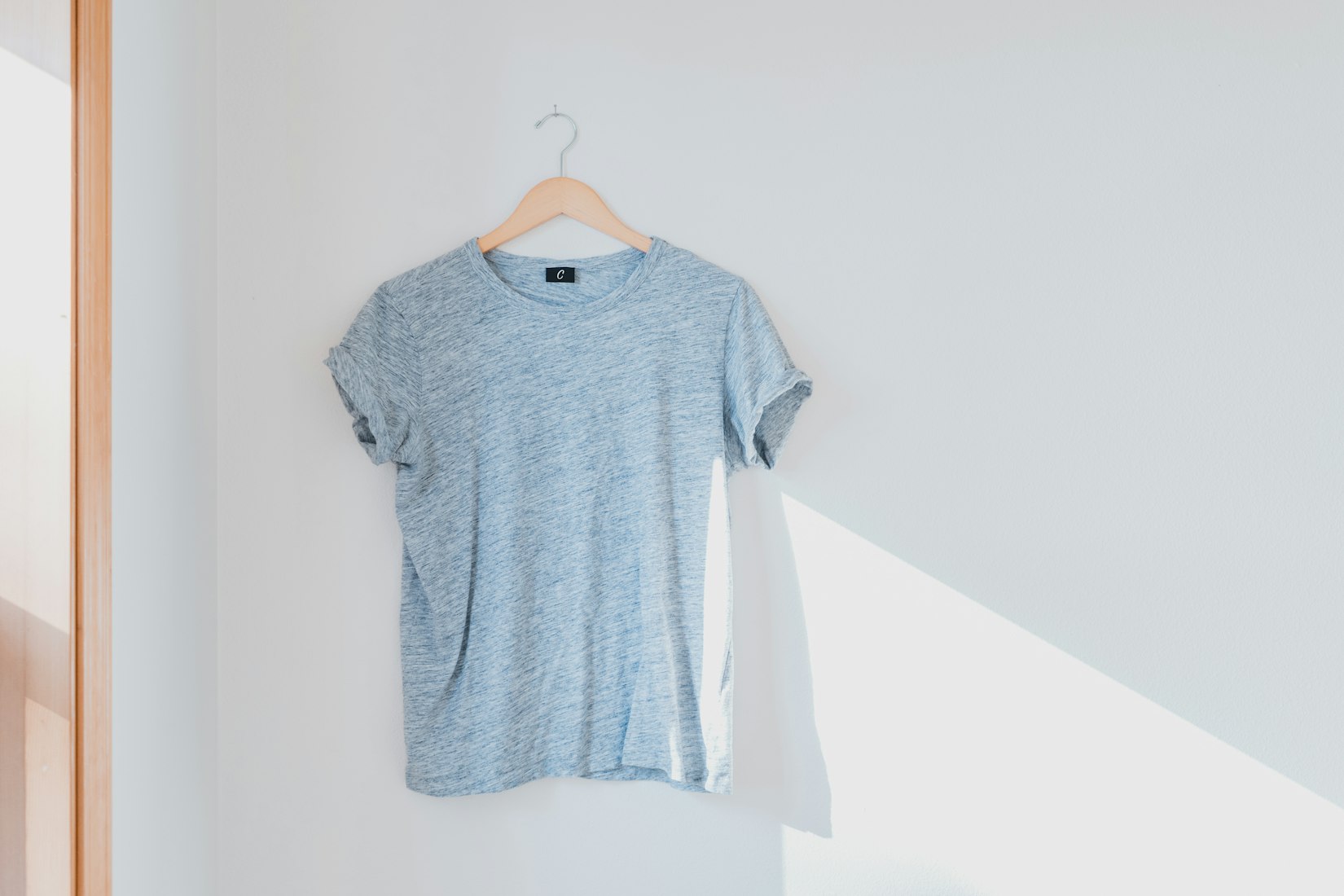
 English
English Arab
Arab
